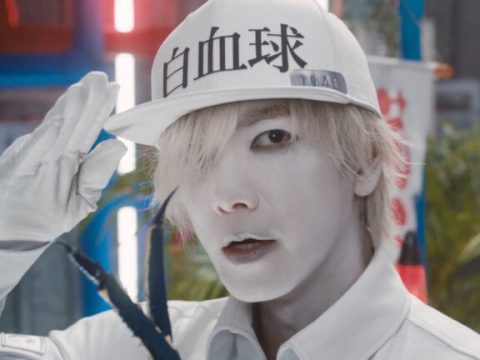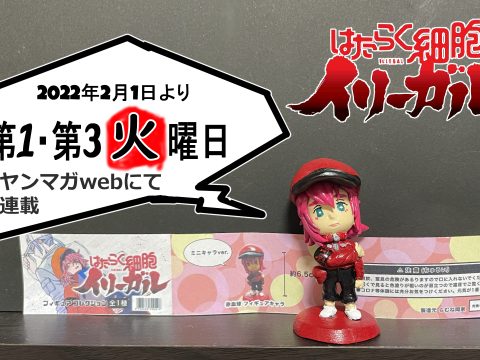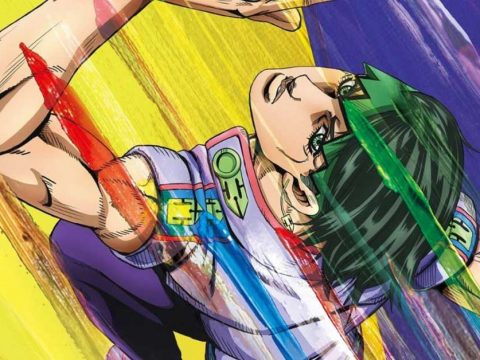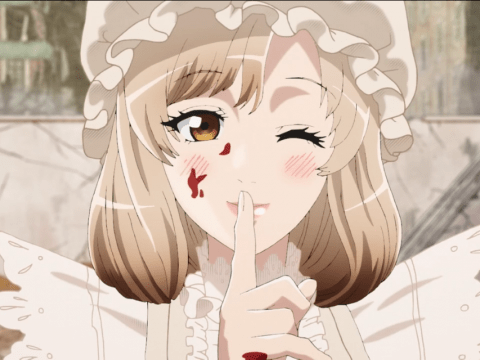 Cells at Work!, the popular franchise about anthropomorphized cells that makes biology fun and goofy, has expanded into several spinoff manga series, including Cells at Work and Friends!
Cells at Work!, the popular franchise about anthropomorphized cells that makes biology fun and goofy, has expanded into several spinoff manga series, including Cells at Work and Friends!
The Red Blood Cell and White Blood Cell we know and love from the original manga are in this series, but they just pop up now and then. We see more of White Blood Cell than Red Blood Cell. And the series isn’t about a set of their friends — it follows the adventures (or misadventures) of Killer T Cell. Each chapter is its own little vignette.
At one point Killer T Cell is described as being “as fearsome to other cells as a third-year middle school student is to a first-year.”
He definitely gives off a tough attitude, but much of the comic revolves around humor as he gets himself into silly, ridiculous situations. Like how he cares so much about parties. And how he freaks out when he loses his smartphone, because he thinks his screen looks just like that of a high school girl’s, and he can’t stand the thought of anyone making fun of him. (A cute moment: his screen has “Body Map” instead of “Google Maps.”)
Like the original manga, Cells at Work and Friends! will teach you a bit about how the human body works and use amusing symbolism and anthropomorphism to get its points across. It’s written by Kanna Kurono and illustrated by Mio Izumi, but original mangaka Akane Shimizu supervised, so it’s not completely in the hands of new talent.
Cells at Work and Friends! isn’t exactly the same as the original, but it has a similar feeling to it. Someone new to the franchise could read it and enjoy the biology references, but already existing fans would probably get the most out of it, as it expands upon the Cells at Work universe.
Kodansha USA has additionally licensed the other Cells at Work spinoffs: Cells at Work! Code Black, Cells at Work!: Bacteria!, Cells at Work!: Baby! and Cells at Work!: Platelets! Cells at Work and Friends! is a digital-only release.
Story: Kanna Kurono
Art: Mio Izumi
Publisher: Kodansha USA
_____
Danica Davidson, along with Japanese mangaka Rena Saiya, is the author of Manga Art for Intermediates. In addition to showing how to draw manga character types in detail, the book describes how professional Japanese manga creators work, including common techniques and what drawing utensils they use.







